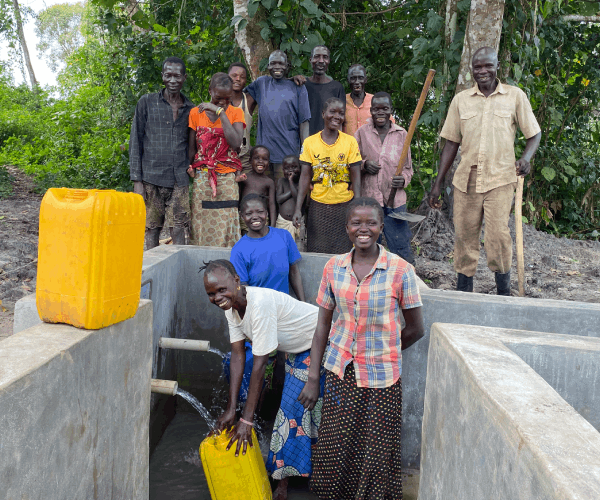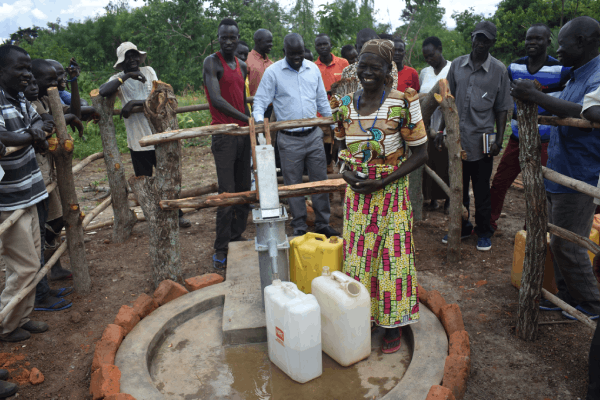What We Do
Many Africans still lack access to essential resources like water, healthcare, and education. High rates of unemployment, income inequality, and weak economic policies contribute to poverty, especially affecting youth and vulnerable populations. Despite initiatives aimed at poverty reductions, 1.25 billion inhabitants of Africa for whom there are data, 593 million (47%) are MPI poor. Levels of poverty differ significantly across the continent. Approximately nine out of every ten citizens of Niger (90%) and South Sudan (92%) are poor. While six out of every ten people live in East or West Africa, these two regions account for seven out of every ten poor people.
In South Sudan, Democratic Republic of Congo and Uganda, rural communities, and internally displaced people face severe challenges due to limited access to safe drinking water, proper sanitation, and hygiene. The consequences include a high prevalence of waterborne and hygiene-related diseases and over 58% of the population lacks access to safe drinking water, while more than 86% lack improved sanitation and hygiene.

Beyond water and sanitation challenges, poverty and conflict have severely impacted education in South Sudan, Democratic Republic of Congo and Uganda, particularly in rural areas. High levels of poverty and prolonged instability have contributed to low school enrolment and high dropout rates. In South Sudan, it is estimated that over 70% of children are not enrolled in school, and more than 66.8% do not complete seven years of education, often lacking access to basic learning materials.
In Uganda, poverty has led to significant educational deprivation, with 34.56% of the population lacking sufficient years of schooling and 23.78% not attending school at all. Similarly, in Ituri Province of DR Congo, over 33.34% of the population lives in poverty, facing major barriers to education, including poor school attendance and limited access to essential learning resources.
South Sudan has the highest maternal mortality rate in the world, with 1,223 deaths per 100,000 live births. Despite global initiatives, progress in reducing maternal mortality has been slow. Between 2000 and 2020, the global maternal mortality ratio (MMR) dropped by only 34%, from 339 to 223 deaths per 100,000 live births below the 6.4% annual reduction required to achieve the Sustainable Development Goal (SDG) target of 70 maternal deaths per 100,000 live births by 2030.

Religious outreach also faces significant challenges in South Sudan. Many ethnic groups have minimal exposure to Christianity and lack the necessary resources for evangelism. In South Sudan, 39.5% of the population has limited access to the Christian faith and continues practicing folk religions due to a lack of outreach and resources.
These issues contribute to a cycle of poverty, disease, and instability. The lack of clean water and sanitation fuels disease outbreaks, while inadequate education restricts opportunities for future generations. High maternal mortality rates highlight an urgent need for healthcare interventions. Additionally, limited access to Christian teachings and evangelism resources hinders spiritual development and community strengthening. Addressing these challenges requires urgent, coordinated efforts in water and sanitation, education, healthcare, and faith-based outreach to improve living conditions and create lasting change in these communities.
Programs/Projects
WASH
- Household water filters
- Spring Protection
- Handpump
- Sanitation
- WASH In Schools
Education & Training
- Schools Construction
- Child Sponsorship
- Skills Development
- Great Commission
Healthcare
- Maternal Child Health
- Hospital Construction
- Community Health Outreach
- Inpatient & Outpatient Treatment